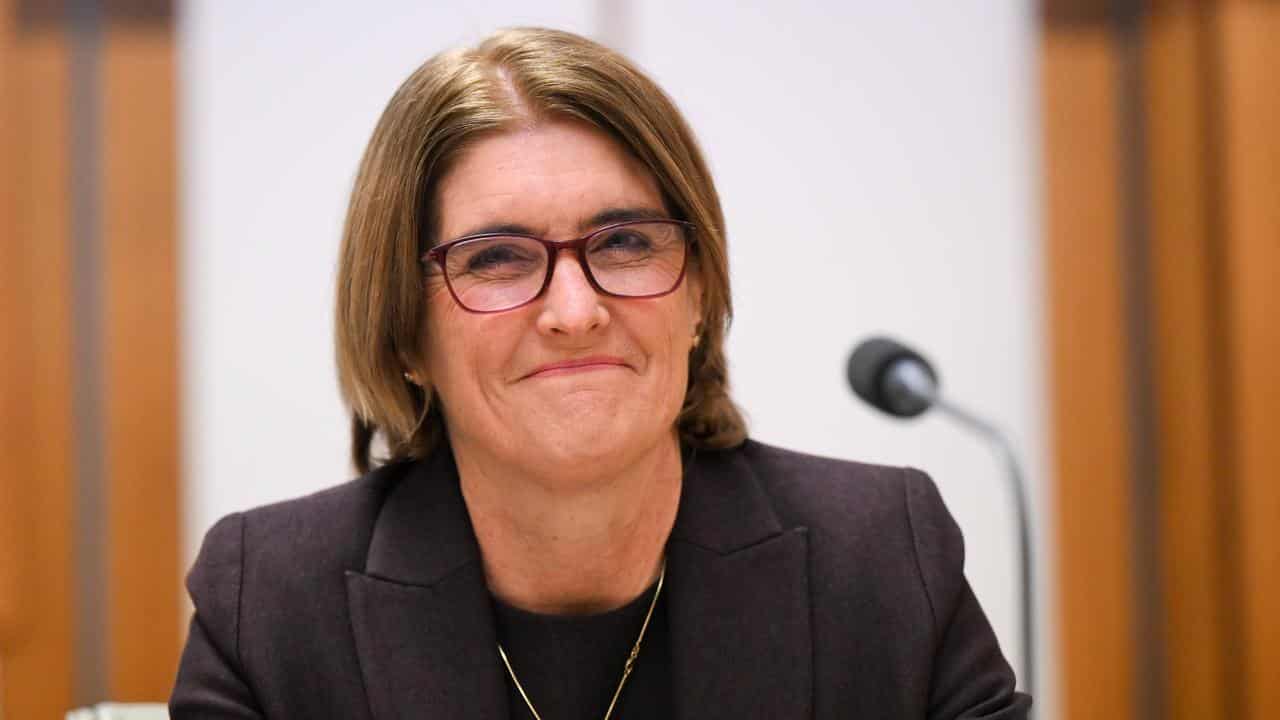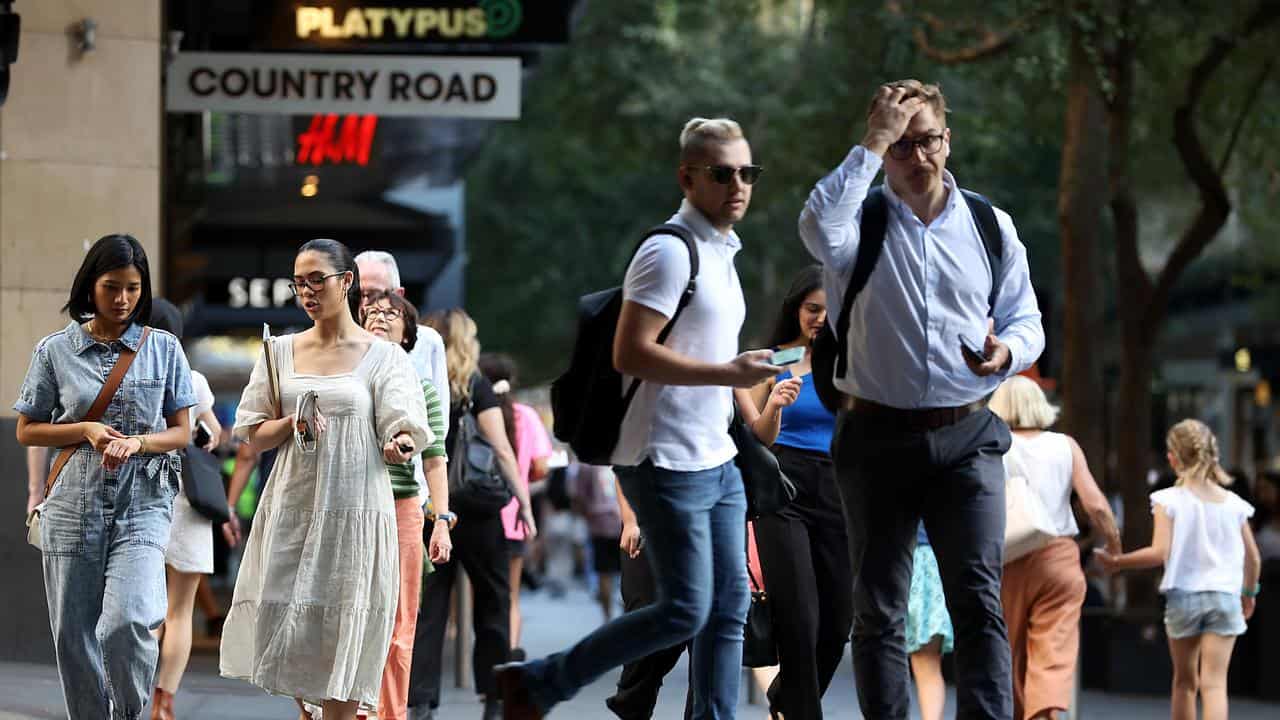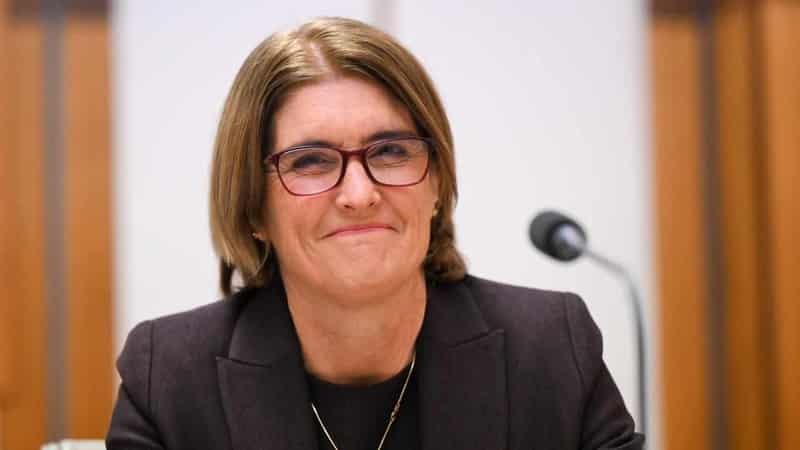
The final stretch to bring inflation down will take time now that it has morphed into something more homegrown and demand-driven, the central bank governor has warned.
Michele Bullock says there are a few reasons to believe there's a "sizeable demand-driven element" to price pressures, given it's broad-based and concentrated in services.
In a speech to an Australian Business Economists dinner in Sydney on Wednesday night, the Reserve Bank of Australia chief also said the economy was running with very little spare capacity.
"An important implication of this homegrown and demand-driven component to inflation is that getting inflation back to target will take time," she said, echoing her comments from earlier this week on the sources of inflation.
When supply chain issues were the main price pressures in play, it only took three quarters for inflation to fall from eight per cent to 5.5 per cent as these disruptions resolved.
But the next push to bring inflation back within the central bank's two to three per cent target range is expected to take roughly two years.
"We expect it to take another two years for inflation to fall that much again and move below three per cent," she said.
"This is because much of the remaining task of bringing inflation back to target will require bringing aggregate demand and aggregate supply into closer alignment.
"That is what the board is aiming to do with monetary policy - to slow the growth of demand enough to bring inflation back to target while keeping employment growing."
The RBA has been lifting interest rates since May last year to bring inflation under control, and hiked the cash rate by 25 basis points to 4.35 per cent in November.
This followed several months when rates were held steady.
The minutes from its November board meeting showed another month on hold was discussed. One of the arguments for leaving rates unchanged was that inflation expectations were still anchored.
But the prospect of more tightening remains alive, depending on how the economy fares.
Also, a longer-than-expected stint at higher interest rate levels is still possible if inflation proves hard to beat.
Meanwhile, the current trend of below-trend growth is expected to continue, based on data points assembled by Westpac and Melbourne Institute.
The six-month annualised growth rate in the leading index fell further into the below zero readings in October, marking the 15th month in a row in the negatives.
Westpac senior economist Matthew Hassan said the leading index showed little change in the economy's sub-par performance and the "low growth rut" of 2023 would likely extend into 2024.
"Whether it's sluggish enough to bring inflation back to the Reserve Bank's two-three per cent target range over an acceptable timeframe remains the RBA board’s central concern," he said.

Opposition finance spokeswoman Jane Hume said charities were experiencing record demand as financial pressures escalated.
"We have consistently heard that the best thing the government can do to help take the burden off these charities and help families is to get inflation down," she said on Wednesday.
She said this was the only way to take pressure off the Reserve Bank so it could stop lifting interest rates.
Assistant Treasurer Stephen Jones said his government's restrained budget management, including banking more than 80 per cent of new revenue, was helping the RBA beat inflation.
"Our job in Australia is to ensure that we don't make a bad situation worse ... which would make more pressure on the Reserve Bank to jack rates up," he told Sky News on Wednesday.
p









